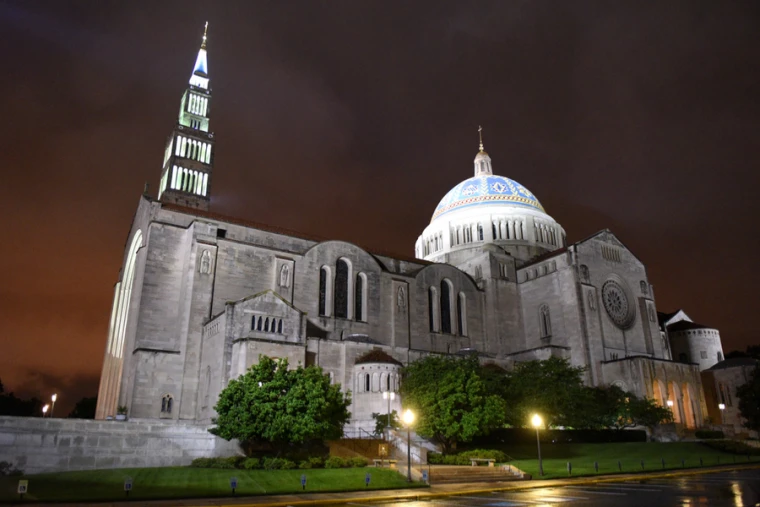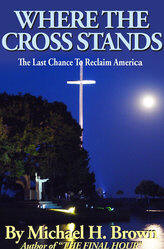There were two interesting items in the news during the past week, both connected to what may be a rising conflict with a mystical undercurrent.
One comes to us from the University of Notre Dame, where administration officials ordered twelve murals of Christopher Columbus, portrayed in a way some claim shows Native Americans in a submissive posture, covered up except on special art-oriented occasions.
In recent decades, Columbus has fallen out of favor as an historic American hero, with claims he and other Europeans mistreated Native Americans and took their land.
While there is little doubt that certain Spanish explorers exploited Indians, there is also little doubt that Indians often had been violent to each other long before men such as Columbus, DeSoto, and Menendez arrived, and were also hostile on many occasions to the European arrivals (in the Caribbean were rumors of cannibalism). Sparse is the evidence for brutality from most of the Spanish explorers — who were openly Catholic and in fact were sent by devout royals such as King Ferdinand and Queen Isabella to claim the New World for Christ.
Columbus was a third-order Franciscan who at one point contemplated becoming a priest. Other explorers displayed images of the Blessed Mother on their ships, and planted crosses in the ground upon landing (see Where the Cross Stands). Priests were aboard most of the vessels.

The brutality went both ways. In Upstate New York, French missionaries were martyred, one of them, Saint Isaac Jogues, saying, at Auriesville, in 1643: “How often on the stately trees of the forests did I carve the most sacred name of Jesus, so that, seeing it, the demons might fly, who tremble when they hear it! How often, too, did I strip off the bark to form the most Holy Cross of the Lord, so that the foe might fly before it; and that by it, Thou, O Lord, my King, “might reign in the midst of thy enemies “ (Ps 109:2), the enemies of thy Cross (Phil 3:18), the misbeliever and the pagan who dwell in that land, and the demons who rule so fearfully there!”
Is the heart of the matter thus Christianity versus paganism, Catholicism versus the occult, and is it again rearing its head?

Later in the day, Phillips and a group of about twenty others — again chanting ritualistically and beating a drum — attempted to disrupt a Vigil Mass at the Basilica of the National Shrine of the Immaculate Conception, bringing the mystical-spiritual conflict into sharp relief. (The overt reason was to protest the confrontation with Catholic students and also to condemn a papal bull they believe led to exploitation).

In contrast to that were Indians who were peace-loving, respectful of God’s Creation, and holy, most notably Saint Kateri Tekakwitha and Nicholas Black Elk. As Catholic World Report noted: “More than 340 US parishes serve congregations that are primarily Native American, according to the United States Conference of Catholic Bishops; some 30 percent of US dioceses have an office or program geared to Catholic natives. Many Native Americans have embraced the Church while still valuing their indigenous heritage. Of the 2.9 million US persons who identified as primarily Native American in 2008, an estimated 580,000 (or about 20 percent) are Catholic. Some sources put the proportion of Native American Catholics at 25 percent.”



